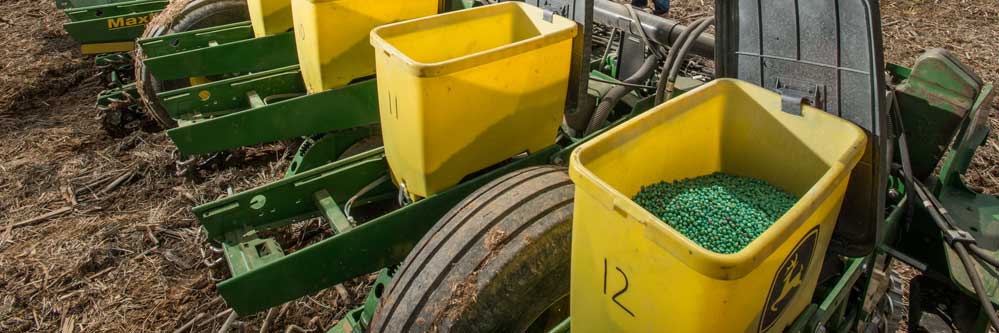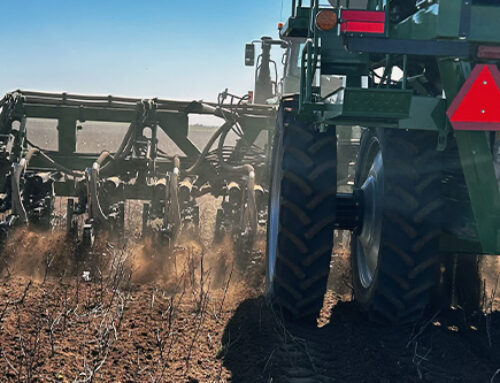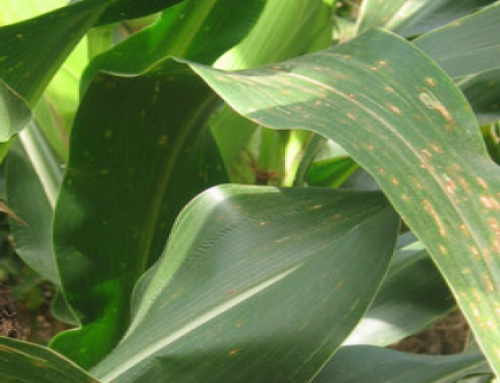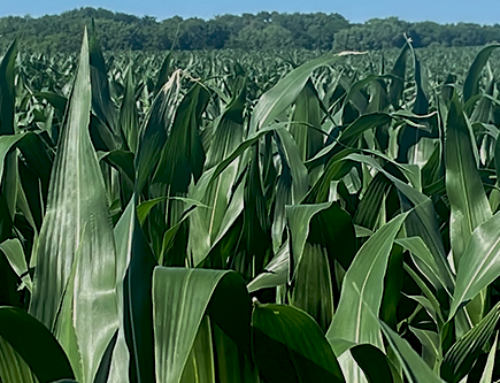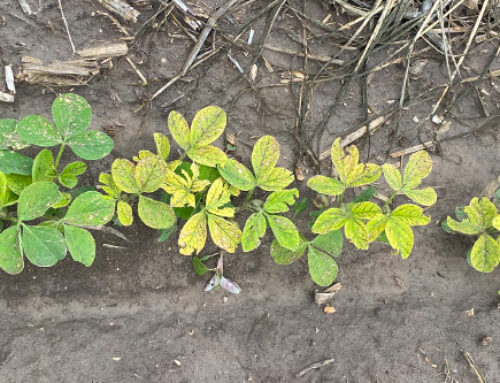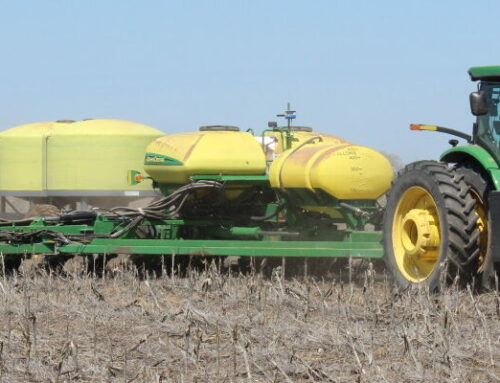Many producers express frustration with the cost of seed. But not necessarily because of the actual cost of a bag of seed, but because regardless of yield goal, yield potential or length of maturity, the cost of the seed remains relatively the same.
Unless you adjust population, a field that raises 180 bushel of corn has the same general seed cost as a field that raises 240 bushel of corn. This is even more accentuated when a short season variety with inherently less yield potential costs close to the same as a longer season variety with a much higher top end yield potential.
There are some differences in seed cost by hybrid, and by the traits associated with those hybrids, but generally not enough to notice.
But, what can be done to get the most bang for the buck?
- An obvious place to start is choosing the best hybrid and traits for each field. Give yourself a fighting chance to maximize the potential of each hybrid for the conditions it will be placed. Pay attention to drought ratings, disease ratings, ear flex, etc.
- Determine whether you can adjust population down without affecting the yield potential for these conditions. Also consider variable rate seeding. This is a great concept for controlling seed cost, and is a valuable tool to help match the yield potential with the proper population.
- Place bio-tech traits where they belong. There is a difference in seed costs when traits are added. There is no need to place seeds with excess traits in certain situations. As an example, when corn is in a rotation, there is less need for the rootworm traits to be planted in those fields.
- On the flip side, pay for traits when they will save you operating money on insecticide or herbicide treatments. If you can control corn borer or rootworms with traits, it is cost effective to pay for those traits up front. Also evaluate the seed treatments associated with the traits. Seed treatments can add to the cost of the seed. Sometimes that seed treatment is a necessity, sometimes it is overkill.
- If there are hybrids with strong disease packages, this may reduce fungicide costs. That is valuable.
- Keep up with technology. The lifespan of a hybrid is much shorter now than it was even a decade ago. Once a hybrid has a proven track record, get it in the lineup. There is another hybrid right on its heels, and it won’t be long till the hybrids you are planting today will be obsolete. One caveat – if it ain’t broke, don’t fix it! But, beware, a specific hybrid can run out of gas, or be taken over by more robust hybrids before you are ready!
Yield remains the number one driver as you evaluate your cropping plans. Choosing hybrids and traits that will help you maximize the yield potential for each situation is worthy of your time. Your Crop Quest Agronomist can help you place the right hybrid and the right traits in each situation to help you best manage the risk.
Written by: Dwight Koops, Dodge City, KS
Featured Image by: U.S. Department of Agriculture, 20140428-NRCS-LSC-0258, flickr.com
